Bluebirds, with their vibrant plumage and melodious songs, have long captured the hearts of bird enthusiasts and nature lovers alike. These charming birds, often seen as symbols of happiness, can bring a dynamic presence to any backyard. Attracting bluebirds, however, requires specific strategies tailored to their unique needs and preferences. This post will delve into the essential steps to create a bluebird-friendly environment, from understanding their species-specific requirements to providing adequate food and shelter. Embarking on this journey not only enhances your garden’s appeal but also contributes to the conservation of these delightful birds.
Contents
Getting to Know Bluebirds
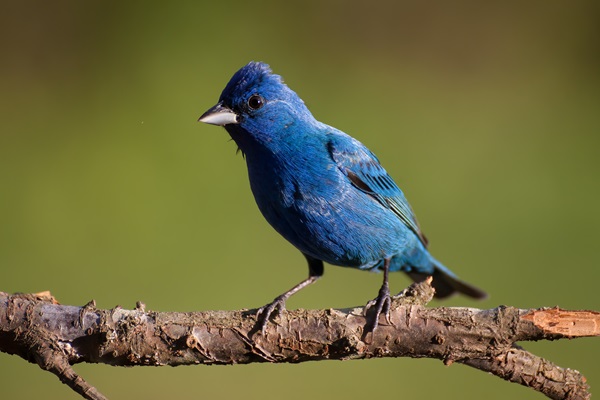
Bluebirds belong to the thrush family and are admired for their striking blue and rust plumage. In North America, the most common species are the Eastern, Western, and Mountain Bluebirds, each possessing distinct characteristics. The Eastern Bluebird, with its bright blue feathers and rusty chest, predominantly occupies the eastern regions. Conversely, the Western Bluebird, similar in appearance but with a more vivid hue, is typically found in the West. The Mountain Bluebird, entirely blue, prefers higher altitudes and open terrains.
Understanding their habitat preferences is crucial for attracting bluebirds. They generally favor open grasslands or lightly wooded areas, often near water sources. These environments provide them with ample foraging opportunities and nesting sites. Gardens that mimic these natural conditions are more likely to attract bluebirds. Incorporating native plant species, maintaining open lawn spaces, and ensuring a mix of shrubbery and trees can create a desirable habitat. These efforts not only attract bluebirds but also support biodiversity in your local ecosystem.
Creating the Right Environment
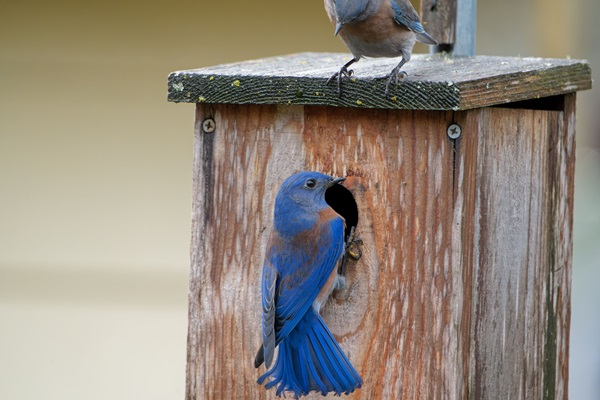
To attract bluebirds to your garden, start by creating an environment that mimics their natural habitat. Begin with landscaping; open grassy areas interspersed with trees and shrubs offer the perfect setting. These birds prefer spaces where they can easily spot insects on the ground while having nearby perches. Planting native berry-producing plants can also provide natural food sources. Additionally, avoid using pesticides, as bluebirds feed primarily on insects and need a safe, chemical-free environment to thrive.
Shelter is another critical aspect of creating a bluebird-friendly environment. Nest boxes, specifically designed for bluebirds, can encourage them to take up residence. Place these boxes in open areas, ideally several feet off the ground and facing away from prevailing winds. It’s important to monitor and maintain these boxes, keeping them clean and safe from predators. Providing adequate shelter not only attracts bluebirds but also offers them a safe place to raise their young, thereby contributing to the growth of their population.
Food Sources for Bluebirds
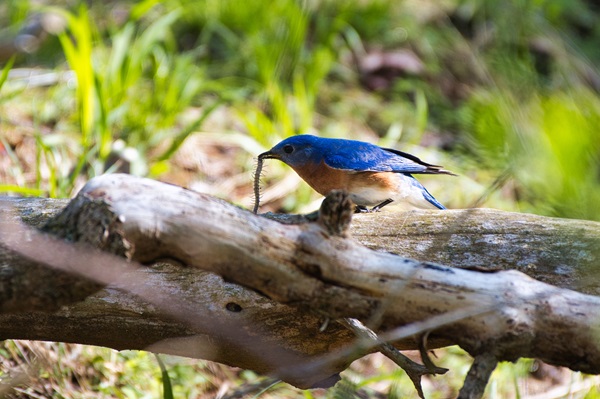
Bluebirds have a diverse diet that primarily includes insects and small fruits. During spring and summer, they feed heavily on insects like beetles, caterpillars, and grasshoppers, providing natural pest control. In the colder months, they switch to fruits and berries. To attract bluebirds, supplement their diet by offering mealworms, which can be purchased from pet or birding supply stores. Place these in a feeder near their nesting area but not too close to avoid disturbing them.
While feeding bluebirds, it’s essential to follow best practices to ensure their health and safety. Always provide fresh, clean water alongside food, especially during winter when natural sources may be frozen. Opt for platform feeders or dishes that are easy for bluebirds to access and not too deep. Keep the feeding area clean to prevent the spread of disease, and check regularly for food spoilage. By providing a consistent and safe food source, you can enjoy the regular visits of these beautiful birds to your garden.
Water Sources
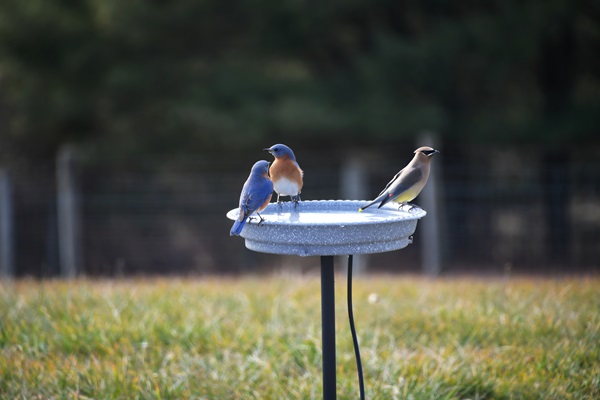
Water is a vital component in attracting and sustaining bluebirds. These birds not only need water for drinking but also for bathing, which helps maintain their feather health. A clean, shallow water source, like a birdbath, can be very attractive to bluebirds. It’s essential to place the birdbath in an open area where bluebirds can easily see and access it while also keeping an eye out for predators. Changing the water regularly and keeping the birdbath clean is crucial for their health and safety.
During winter, ensuring a consistent water supply becomes even more significant, as natural sources may freeze. Heated bird baths or bird bath heaters can be used to provide bluebirds with liquid water throughout the colder months. Additionally, the sound of moving water, like that from a small fountain or dripper, can be particularly enticing to these birds. Not only does a water feature add aesthetic value to your garden, but it also plays a crucial role in creating a habitat that bluebirds find inviting and comfortable.
Protection From Predators
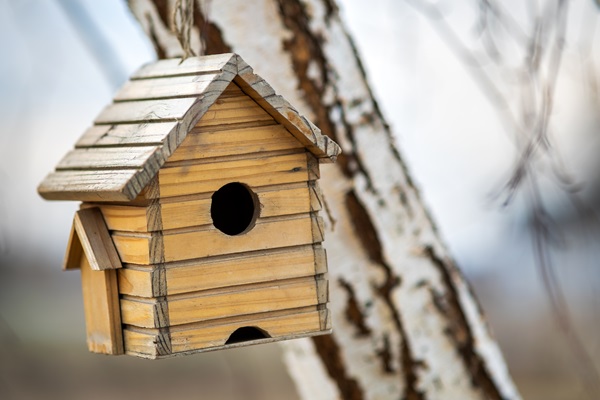
Protecting bluebirds from predators is essential for creating a safe haven in your backyard. Common predators include cats, snakes, and larger birds like hawks. To safeguard the bluebirds, strategically place the birdhouses for nesting boxes. They should be mounted on metal poles rather than trees, which are easily accessible to climbing predators. Additionally, installing predator guards, like baffle cones or tubes, on the poles can prevent snakes and squirrels from reaching the nests. This proactive approach keeps the bluebirds safe and encourages them to return season after season.
Another key aspect of predator protection is the maintenance of the landscape. Keep the grass around nesting areas trimmed, as tall grass can provide cover for predators like cats. Remove any dead trees or branches that might serve as perches for predatory birds. Regularly inspect the nesting boxes for signs of intrusion and repair any damages promptly. By creating a landscape that minimizes risks from predators, you can ensure a thriving and dynamic bluebird population in your garden.
Nesting and Breeding

Facilitating a conducive environment for bluebird nesting and breeding is crucial for their population growth. Bluebirds prefer nesting boxes made of natural materials like wood, with specific dimensions and entrance hole sizes. These boxes should be placed in open areas, at least 5 to 6 feet above the ground. It’s important to space them adequately apart, as bluebirds are territorial during the breeding season. Providing nesting materials like pine needles or small twigs in the vicinity of the boxes can encourage bluebirds to build their nests.
Regular monitoring and maintenance of nesting boxes are vital for a successful breeding season. Clean out old nests each year to prevent parasites and diseases. If you observe frequent visits by bluebirds to a particular box, avoid disturbing the area to provide them with a sense of security. During the breeding season, increase the frequency of food and water supply to support the energy needs of the breeding pairs and their chicks. By understanding and catering to the nesting and breeding needs of bluebirds, you can play a significant role in nurturing the next generation of these beautiful birds.
Seasonal Considerations
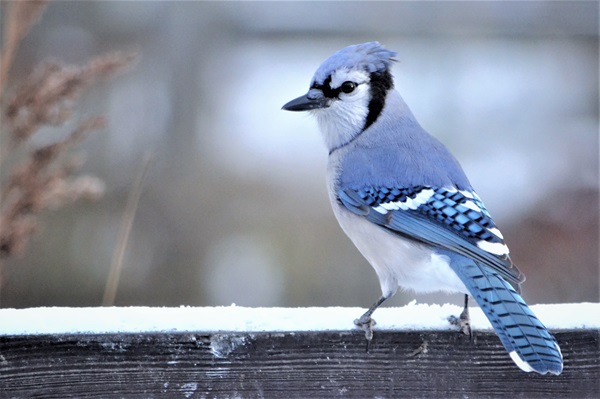
Adapting your bluebird-friendly strategies with the changing seasons is vital to ensuring year-round attraction. During spring, focus on providing nesting materials and ensuring the availability of insects and other natural food sources. As summer approaches, the need for water becomes more critical, so maintain a consistent supply in birdbaths. This is also a good time to monitor the health and safety of bluebirds, especially the young ones learning to fly.
In autumn, start preparing for the colder months by providing more fruits and berries, either naturally through garden plants or via feeders. Clean and inspect the nesting boxes, making any necessary repairs or modifications for winter use. During winter, when natural food sources are scarce, supplementing their diet with mealworms and maintaining liquid water sources becomes crucial. By understanding and adapting to these seasonal needs, you can ensure that your garden remains a welcoming habitat for bluebirds throughout the year.
Your Garden Awaits Its Bluebird Guests
Embracing the role of a bluebird steward in your own backyard brings not only the joy of observing these beautiful birds but also contributes to their conservation. By implementing the strategies discussed, from creating a hospitable environment to protecting them from predators, you can make a significant difference. Remember, every small step counts towards a larger goal. So, start today! Whether you begin with a birdhouse, a birdbath, or a community initiative, your actions can turn your garden into a thriving sanctuary.


